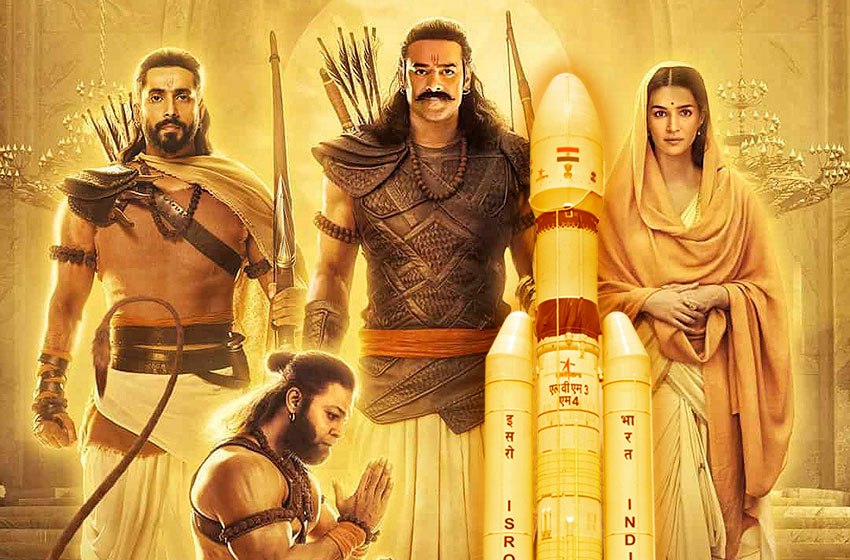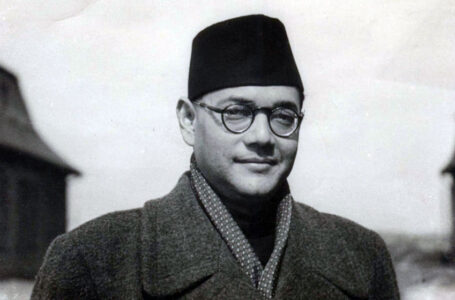Why Chandrayaan is more economical than similar moon missions of US, USSR, China, Japan – and Adipurush
- Science Handpicked Opinion
La Deep Majumdar
- 19 July 2023
- 0
- 446

In 2008, India became the fifth country after USSR, US, Japan and European agencies to send space missions to the Moon. These started off as showcasing ISRO’s technical capabilities, and were relatively cost-effective compared to missions conducted by other countries for several reasons.
- Low labour and manufacturing costs: India benefits from relatively low labour and manufacturing costs, which contribute to reduced mission expenses. The country has a strong base of skilled engineers and scientists, and the cost of employing them is lower compared to some other countries.
- Efficient use of resources: The Indian Space Research Organisation (ISRO) focuses on resource optimisation and frugal engineering. This approach involves maximising the utilisation of available resources and minimising wastage, resulting in cost savings. ISRO has a track record of developing cost-effective technologies and systems for its missions.
- Indigenously developed technology: India has emphasised the development of indigenous technology for its space missions. By relying on domestic capabilities and expertise, the country reduces costs associated with licensing or purchasing foreign technology.
- Simplicity and small-scale missions: India has primarily pursued simpler and smaller-scale missions to the Moon. For example, the Chandrayaan-1 mission carried fewer scientific instruments compared to larger missions by other space agencies. This approach allows for cost reduction while still achieving significant scientific objectives.
- Incremental approach: ISRO follows an incremental approach, where each mission builds upon the knowledge and experience gained from previous missions. This approach allows for the gradual development of technology and capabilities, reducing risks and costs associated with more ambitious and complex missions.
Indian moon missions have adopted a longer, slower approach to the moon as compared to other missions
The fundamental difference between ISRO’s approach has been – Why the rush? Once something reaches space, you do whatever it takes to conserve resources. By taking a longer and slower approach, Indian missions can utilise smaller and less expensive launch vehicles. This helps to keep the overall mission costs lower. The use of smaller launch vehicles reduces the propulsion requirements, which translates into cost savings. India’s lunar missions have primarily used the Earth’s gravity for gravitational assists, known as gravity assists or swing-bys, to conserve fuel. This involves using the gravitational pull of the Earth to gain momentum and propel the spacecraft towards the Moon. This technique helps to save fuel and launch energy. While it may result in a longer travel time, it is a cost-effective method. A longer and slower approach allows for a more gradual and controlled mission trajectory. By taking more time, there is more flexibility to make course corrections or adjustments if necessary, reducing the risk of errors or failures during the mission. Indian moon missions have primarily focused on scientific exploration and research rather than human spaceflight or time-sensitive objectives. The longer duration allows for extensive data gathering and scientific observations, enabling a deeper understanding of the lunar environment and its various aspects.
Bottomline – Where ISRO has got a lot of things right, Chandrayaan-1 mission was cut short from achieving its primary objectives. Planned to last for almost 2 years, it lasted 316 days. Chandrayaan-2 never made it to the moon’s surface. As Indians living in Australia, we have full trust in the geniuses at ISRO, and we now play the waiting game. As for Adipurush, well that’s a marvel of marketing – Check it out here





